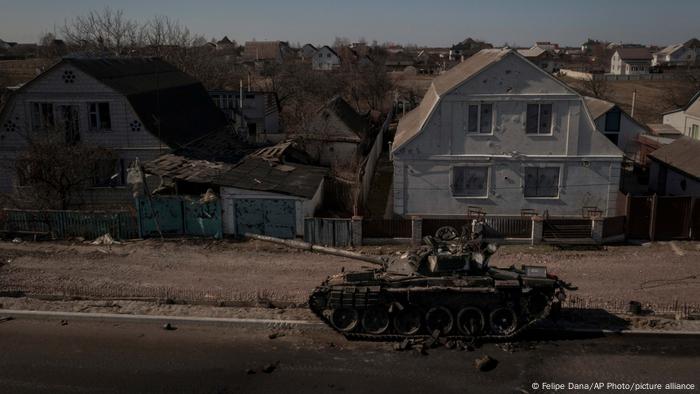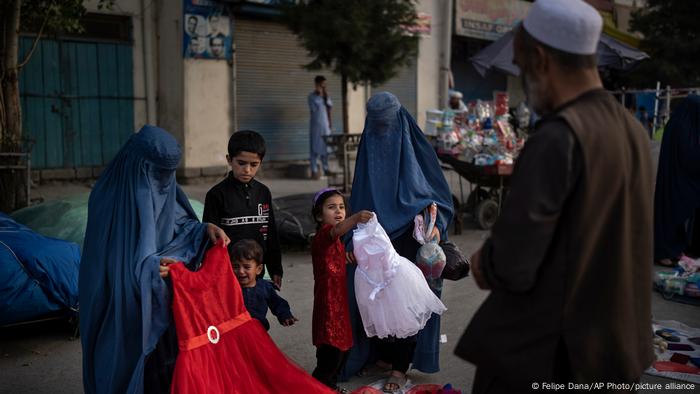A Starbucks union drive is sweeping across the country. In an industry that has been all but impossible to unionize, these baristas have created an organizing model that can be replicated at similar corporate chains everywhere.

Congresswoman Alexandria Ocasio-Cortez meets with Starbucks Workers United members who are working to unionize their store in Astoria, Queens, New York, on March 27, 2022.
BYSHUVU BHATTARAI
03.28.2022
The Starbucks Workers United campaign, having secured National Labor Relations Board (NLRB) election victories at six out of seven stores, with well over 150 stores filing for an NLRB election as of last week, is one of the most invigorating labor campaigns in recent US history.
The Starbucks workers currently spearheading the SB Workers United drive have charted a way forward for organizing corporate chain stores. Their strategy should be carefully studied and implemented across other corporate chains and adjusted according to context.
The story of SB Workers United begins at the Genesee Street Starbucks near the Buffalo airport in 2019, when some Starbucks workers, some of them inspired by the Bernie Sanders campaign and affiliated with socialist organizations, began discussing the possibility of unionization.
After several months of underground organizing, the campaign went public on August 23, with the workers posting a declaration of the intent to unionize to Starbucks Corporate on Twitter through their own account. The workers chose to call themselves Starbucks Workers United and created a website with basic educational resources for Starbucks workers across the country about why they should form a union, as well as contact information for workers seeking to organize.
With their declaration made public, the union drive drew the coverage of various corporate media outlets and entered into public consciousness. Interest in unionizing Starbucks was sparked across the country, with workers reaching out to Starbucks Workers United and Starbucks customers directly talking to workers about the importance of unions.
With the victory of the first NLRB election at the Elmwood Avenue store in Buffalo on December 6, 2021, the first Starbucks store in the United States was unionized. This generated enormous media attention, and Starbucks Workers United received a flurry of unionization requests from workers around the country. The media attention of the union effort generated mass interest from workers, and the website allowed for this interest to be converted to action.The primary organizers of the Starbucks Workers United campaign are the Starbucks workers themselves.
Baristas Take the Lead
From its beginning to the present, the SB Workers United union campaign has been a worker-driven project. The union staff of Workers United, the union which SB Workers United is seeking to join, have played a critical but supporting role during this drive. Starbucks workers whose campaigns are already underway set up meetings between the union-interested workers and a worker-organizer point person, taking them through the process of charting their stores, preparing themselves for management backlash, and filing for a union election.
In stark contrast to some other union campaigns in fast food in which the staff organizers handle the bulk of organizing activity, in the case of Starbucks Workers United, the staff function as an educational resource for the Starbucks workers. The primary organizers of the SB Workers United campaign are the Starbucks workers themselves. As of this writing, workers in only nine stores have won NLRB elections, but SB Workers United has engagement from several thousands Starbucks workers across the country.
Through the creation of a space that encourages the creative talents and energies of enthusiastic workers, SB Workers United has been able to create a wealth of material, including community support guides, various social media outlets, and pro-union artwork, to build a highly resilient and capable movement that only continues to grow.
Though SB Workers United represents a small minority of all Starbucks workers, it has enough of a force to compel Starbucks to spend millions of dollars in its growing anti-union campaign, announce wage increases to try to head off the threat of a union contract, and even force former CEO Howard Schultz out of retirement. With a recent strike in Denver and the organization of rallies around the country in defense of fired pro-union workers, SB Workers United has already demonstrated that it can use weapons like strikes and community mobilization to win its demands.
A Reproducible Method
If we boil the SB Workers United Campaign down to its essentials, we’re left with a worker organizing method for corporate chains that can be sparked by any organization with sufficient labor and resources. The SB Workers United organizing history is summarized as follows:
A core group of workers reach out to a local union for support.
Workers create Starbucks Workers United, which handles media strategy and creates a central point of contact (a website) to which inspired workers around the country can reach out.
SB Workers United goes public with the notice of NLRB elections, which draws media attention.
Each victory is highly publicized, drawing in new worker leads through the SB Workers United website, which then sends them to professional union staff for training and support in organizing local stores.
The key to the success of SB Workers United is that they have built an independent organization of workers seeking to unionize, so that the workers themselves are the ones who lead the campaign. The critical role of a parent union is to provide Starbucks workers with strategic advice, technical tools, legal counsel, and financial support necessary to win.
How can their strategy be utilized to spark strong union campaigns for other corporate chains?
The answer to this question is that a method must be developed to build a core of class-conscious and militant workers across the corporate chain and to develop those workers to be effective organizers and leaders of the campaign. The greatest barrier to organizing chain stores is that class-conscious workers are isolated from one another. For this reason, developing a central point of contact should be the first step to unionizing, so that the workers who have the greatest interest in organizing will reach out to the central organizing body.
The method to organize corporate chains is as follows:
Build a central point of contact that workers seeking unionization can reach out to (like a website, email address, and social media accounts).
Focus on worker education, arming workers with knowledge of the steps to form a union and methods of creating support for unions within their workplace.
Having gathered and developed a core group of worker-organizers, connect the workers to each other to create the formation of a union outside the bounds of legality. At this stage, the workers must be prepared to take leadership of their union.
Build methods of public outreach for the new union group. Every chance to increase the visibility of the campaign, such as high-profile NLRB election victories, must be seized so that the most militant and inspired workers begin to reach out to the newly formed union.
With these basic steps, a new union will be birthed into existence. The nuances of the organization — its strategy, its ultimate mission, its leadership, its working groups — must be decided democratically by the workers themselves and are always subject to change depending on the changing conditions of the campaign.
Workers Themselves at the Helm
There are practical reasons why workers must be the ones driving and leading the unionization drive. For one, they are the ones who best understand and feel the numerous ways they are exploited by their management and thus are best able to develop tactics to use their shared conditions as a point of unity. Second, the common driving factor for workers seeking unionization is a lack of agency, which manifests itself in numerous forms: management abuse, poor pay, and unstable schedules. By creating a space where the workers are able to exert control over their workplace, through leadership of their unionization campaign, a space of empowerment is created that can bring forward the best from every worker. To create a force of highly motivated worker-organizers, worker control over strategy is an absolute precondition.
The SB Workers United drive is a clear reminder of what a union is in its essence. A union is formed not when the state recognizes it, but when the workers organize it. A union is formed when workers have connected with each other and created an organization that reflects their collective will.
It is important to note that Workers United has only a handful of staff to help assist the Starbucks workers. With the ongoing success of the SB Workers United drive, volunteer- and resource-rich organizations like the Democratic Socialists of America (DSA) could take it upon themselves to apply this model to other unorganized chains. Through initiatives like the Emergency Workplace Organizing Committee (EWOC) and numerous successful electoral campaigns, as well as DSA’s presence throughout the United States, the organization’s skilled members could help create a central point of contact for aspiring pro-union workers, provide education for the workers to organize and protect themselves from retaliation, fundraise for the workers, help workers with legal issues, and use its media expertise and connections to make sure the workers’ voices are heard far and wide. DSA could thus help workers organize across corporate chains, as EWOC has already begun to do.
The stunning growth of the SB Workers United movement has attracted support from labor unions, socialist organizations, community activists, and progressive forces throughout the country and has inspired numerous workers to challenge their bosses and reclaim their dignity. As this movement gains momentum, we can and should put our foot on the gas. Who knows where it could lead?
Correction: This article previously stated that Starbucks Workers United is independent of the union Workers United. Starbucks workers are organizing under Workers United, so that Starbucks locations that win union elections are winning the right to be represented by Workers United.
ABOUT THE AUTHOR
Shuvu Bhattarai is a Nepali-American labor organizer and a member of the New York City Democratic Socialists of America in Queens.















